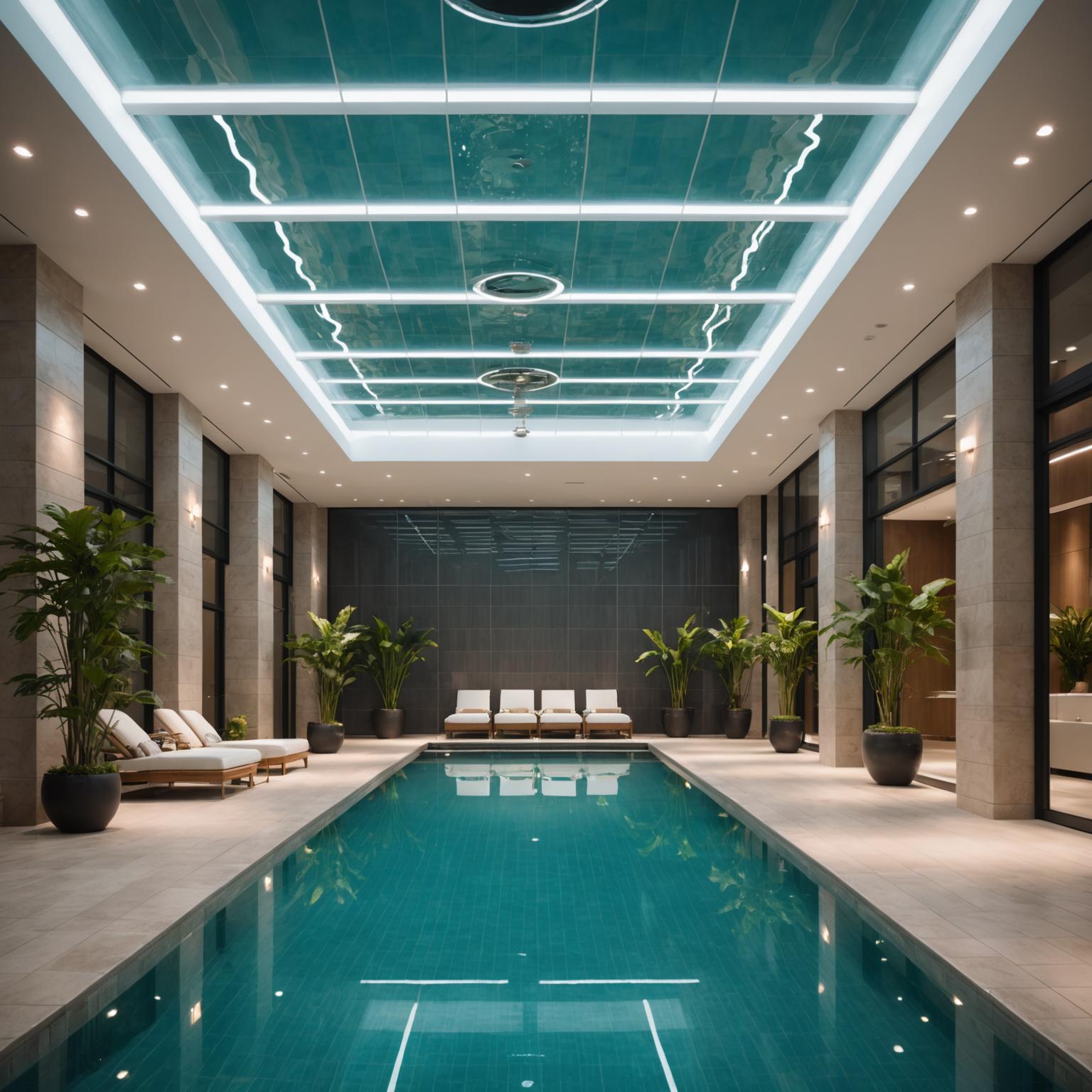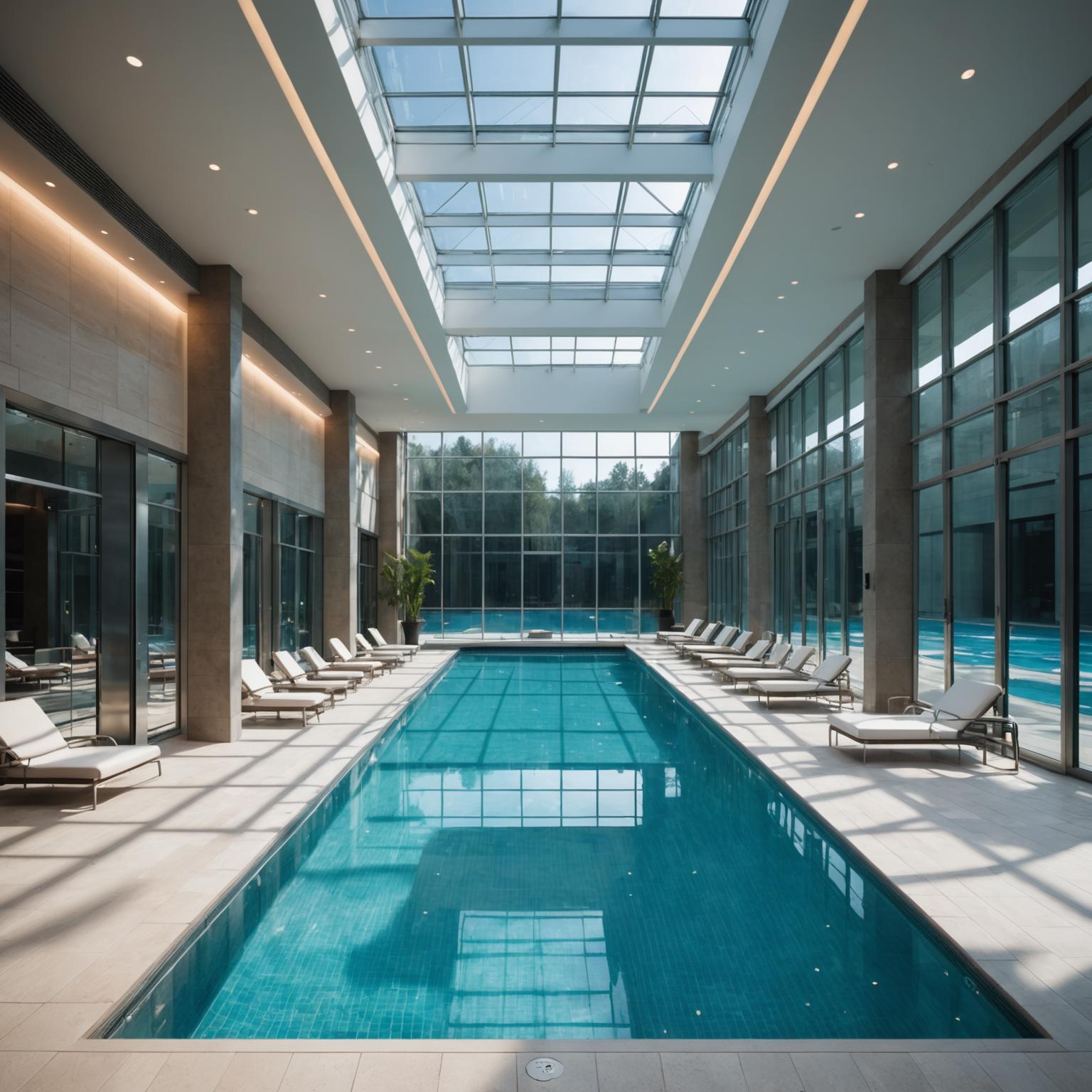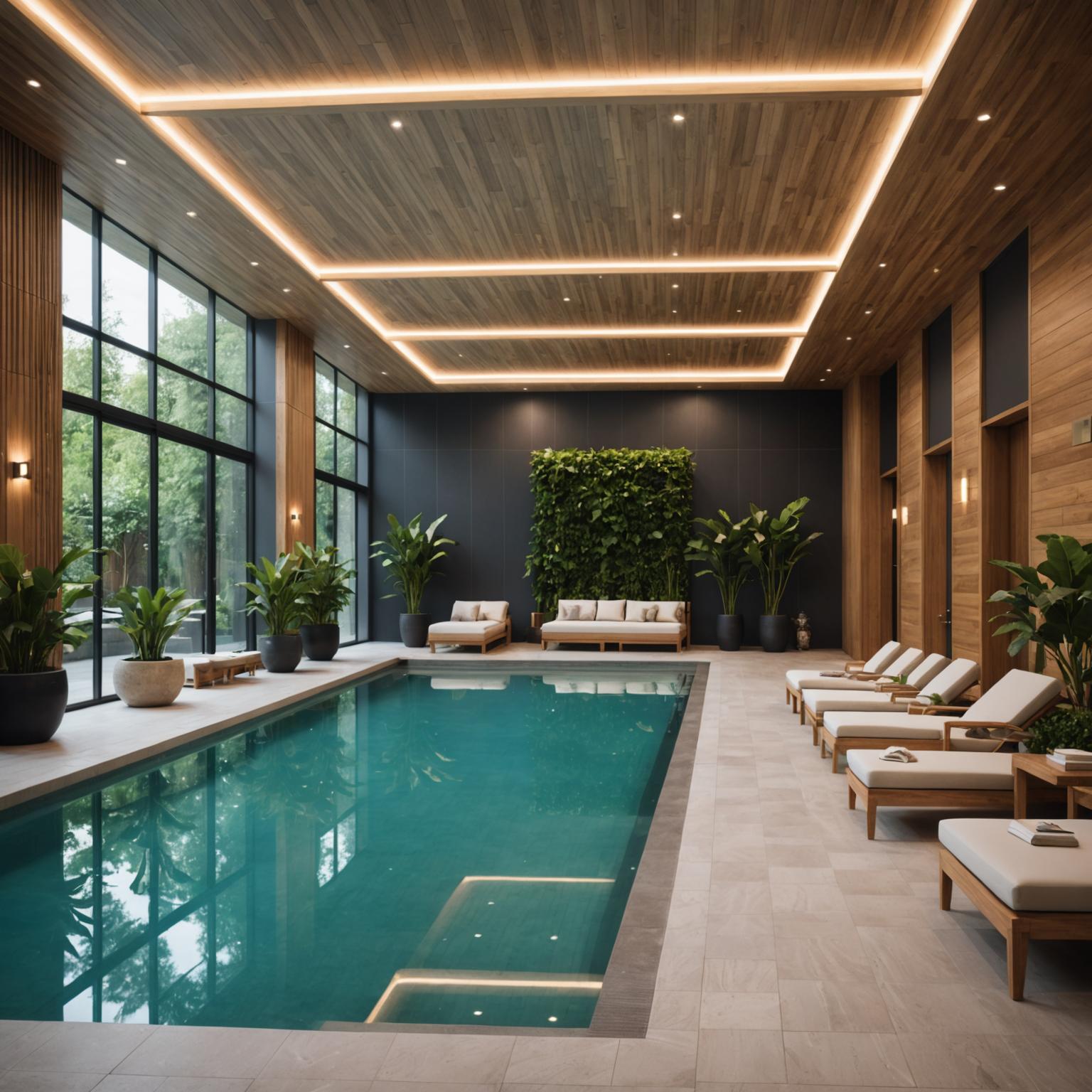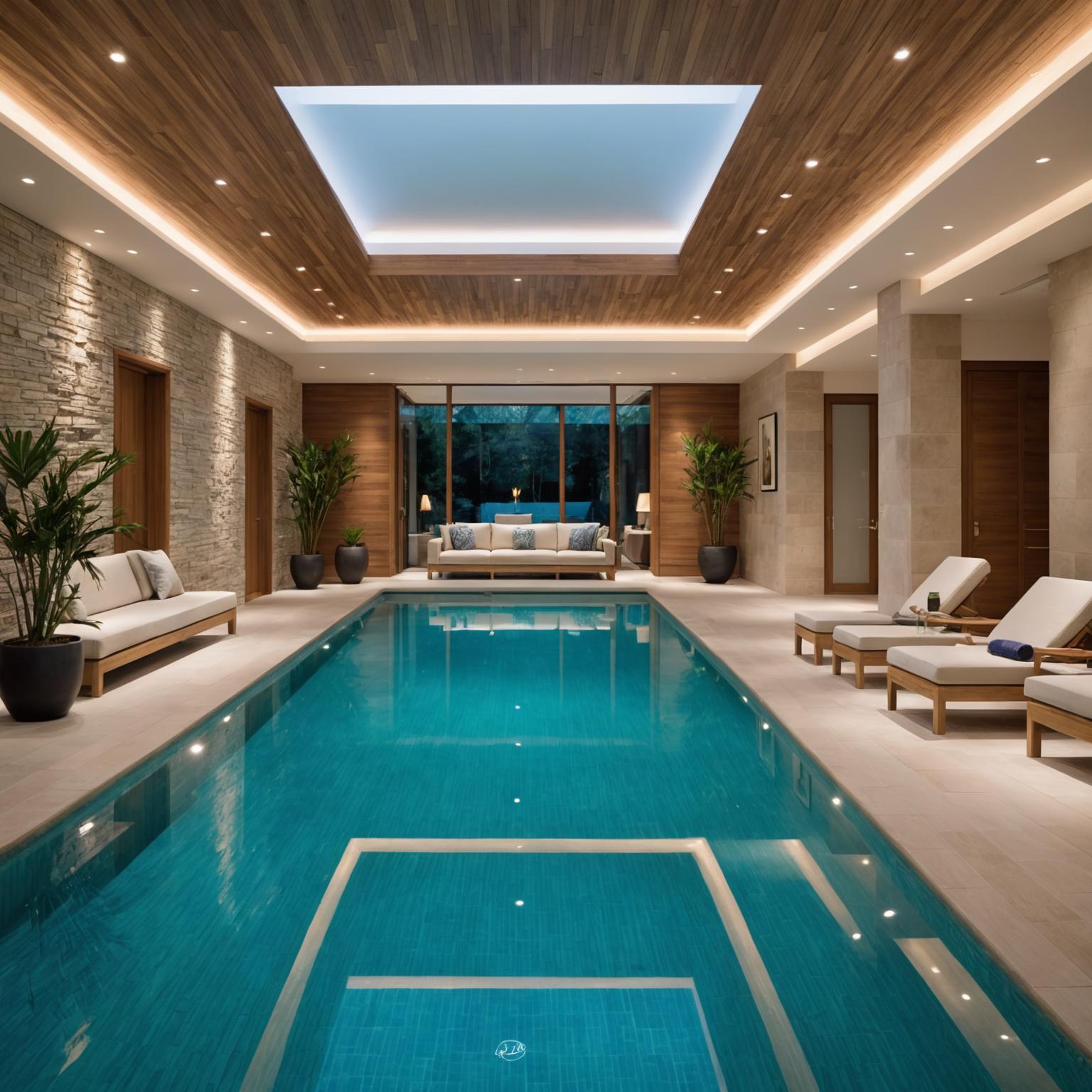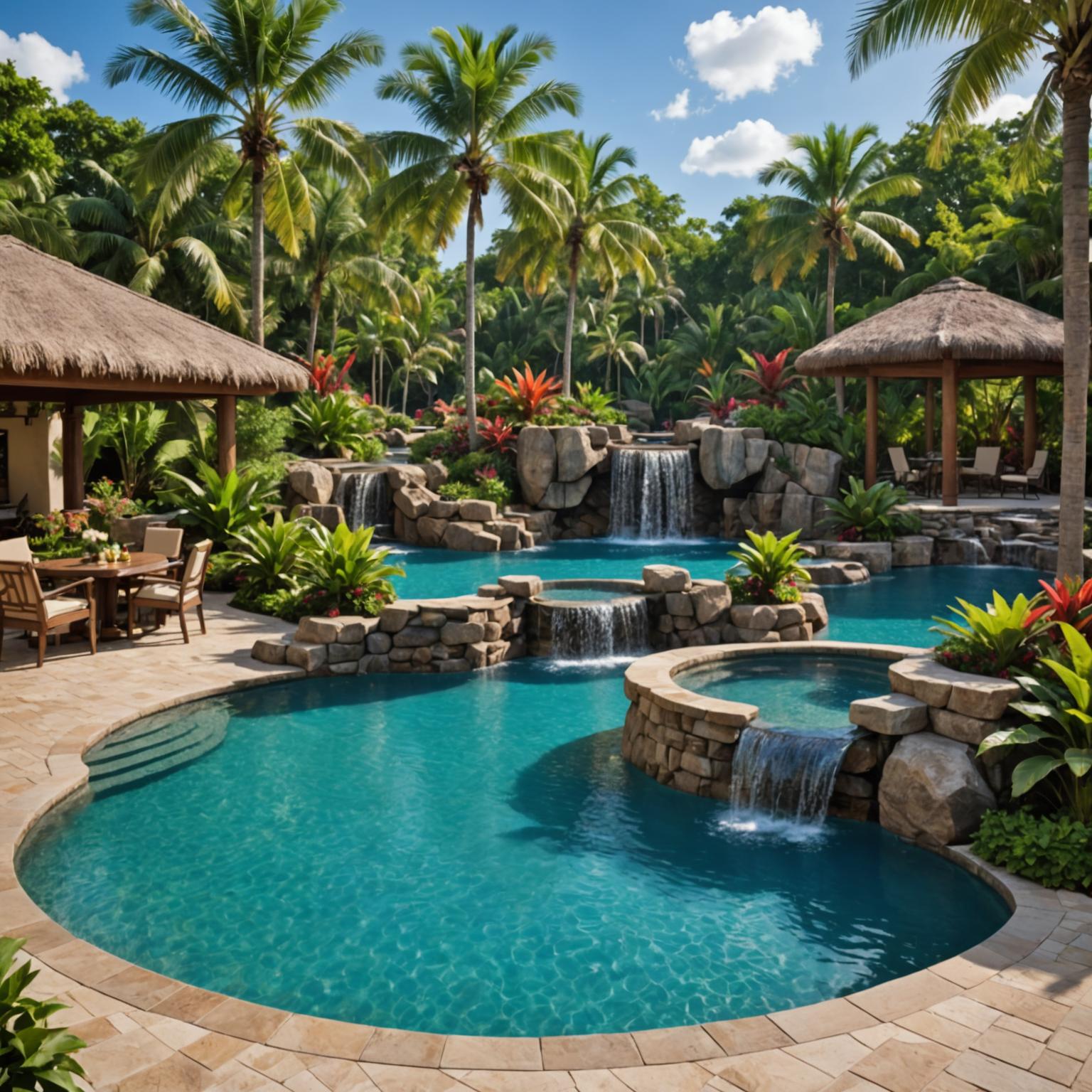
Precision in Motion: Inside an Automatic Pool Vacuum Factory Shaping the Future of Smart Pool Maintenance
The Shift from Manual Labor to Automated Precision
For decades, pool maintenance relied heavily on human labor — manual vacuums, physical brushing, and inconsistent results. The rise of automatic pool vacuum technology changed the landscape entirely.
Factories are no longer just assembling motors and housings; they are building intelligent hydraulic systems capable of learning and adapting to water flow and debris density.
However, the market’s real challenge is not automation itself — it’s precision consistency. Producing a vacuum that performs identically across thousands of units and climates requires industrial design discipline, not just innovation.
In the world of automatic cleaning, precision is not a feature — it’s the foundation.
How an Automatic Pool Vacuum Works: The Engineering Core
At its heart, an automatic pool vacuum is a hydrodynamic robot. Its efficiency depends on how water flow, suction power, and internal drive algorithms synchronize in real time.
Key internal systems include:
-
Suction Chamber Geometry: Designed to maintain laminar flow, minimizing turbulence and cavitation losses.
-
Dual-Drive Motor System: Synchronizes wheel rotation with suction timing to maximize coverage efficiency.
-
Debris Separation Module: Uses centrifugal separation before filtration to reduce clogging.
-
AI Motion Control (AMC): Embedded chips calculate drag resistance and automatically adjust route patterns.
-
Energy Management Circuit (EMC): Reduces total energy draw by up to 25% under adaptive load.
These elements transform an automatic vacuum from a simple suction tool into a dynamic, sensor-driven cleaning system.
Factory-Level Design Standards: Where Reliability Begins
| Category | Traditional Pool Vacuum | Automatic Factory-Built Vacuum |
|---|---|---|
| Suction Mechanism | Manual or single-speed | Adaptive motor-driven suction |
| Coverage Pattern | Randomized | AI-mapped path optimization |
| Energy Efficiency | 100–150 W | 60–100 W (load adaptive) |
| Component Material | ABS plastic | Reinforced polymer + marine-grade aluminum |
| Testing Standard | Batch testing | Unit-level precision calibration |
| Service Life | 1–2 years | 4–6 years continuous operation |
Factories implementing robotic assembly and inline quality inspection achieve over 95% dimensional accuracy per component, ensuring suction balance and mechanical stability across all exported units.
Smart Factory Integration: Automation Behind Automation
In a leading automatic pool vacuum factory, the production floor itself is automated.
From injection molding to motor coil winding, every step feeds into a digital monitoring system.
Key integrations include:
-
CNC-Assisted Mold Calibration – ensures each vacuum chamber maintains a ±0.01mm tolerance.
-
Vision-Guided Assembly Robots – verify alignment of drive shafts and sealing rings in real time.
-
Thermal Load Testing Lines – simulate 10,000 operation cycles under high-chlorine water to assess endurance.
-
IoT Production Dashboards – track real-time power consumption, defect rates, and hydraulic performance.
This manufacturing precision supports OEM scalability while minimizing manual error — an essential factor for export-grade consistency.
Automation doesn’t just power the product — it powers the production itself.
Application Spectrum: From Private Villas to Aquatic Centers
Automatic pool vacuums designed in industrial settings must adapt across multiple segments:
-
Luxury Villas & Hotels – demand silent operation (≤65 dB) and aesthetic integration with pool architecture.
-
Resort Complexes – require modular systems with adjustable suction heads for varied pool geometries.
-
Public Aquatic Facilities – prioritize reliability under continuous operation cycles.
-
Export Markets – require compliance with CE, RoHS, and UL certifications, plus customizable branding and plug standards.
Each scenario imposes different demands on pressure tolerance, cable length, or mobility control, making modular engineering essential for global supply networks.
Practical Selection Guidance for Procurement Teams
When sourcing from an automatic pool vacuum factory, procurement should look beyond product catalogs and evaluate engineering consistency.
Selection checklist:
-
Verify suction uniformity testing results (pressure drop <5% under full load).
-
Request material composition reports for chemical and UV resistance.
-
Inspect motor load curves to confirm energy efficiency under variable flow.
-
Assess export adaptation – voltage standards, plug type, and local certifications.
-
Review post-shipment quality data, not just factory batch test records.
These objective parameters ensure long-term stability, especially for distributors managing multiple client segments.
Integrated Advantage: Why Structured Manufacturing Matters
A professionally managed automatic pool vacuum factory brings together design, production, and performance feedback loops.
Instead of assembling parts, it builds systems — using hydraulic modeling, electronic calibration, and modular component mapping.
Through consistent investment in material testing, automated assembly, and performance validation, such factories deliver equipment that stays efficient even after years of operation in varied environments — tropical humidity, high-salinity water, or low-temperature pools.
To explore OEM or export collaboration for your automatic pool vacuum systems, visit Bonny’s homepage or contact the engineering team here.


